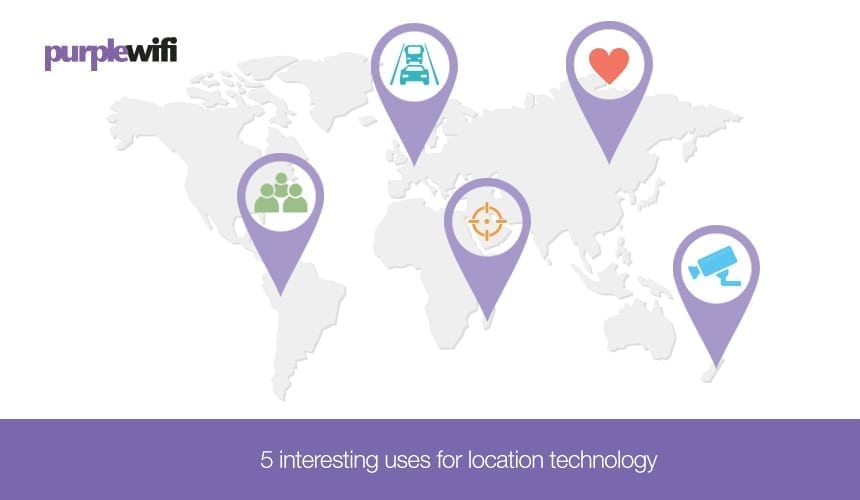- Location based love
Proximity based social networking is becoming the norm and there has recently been a shift towards app development to help us to widen our social circles. A summary can be found on this article by vizeum.
Notifications about our social connections who are close by at that moment in time can be streamed to you via the ‘highlight’ app, for example. Ketchup is another app used to notify a person when they are close by to a real friend, to enable both to pick a location and ‘Ketchup’.
Ultimately it can be used to find love! Location-based dating apps are mobile applications connecting people together who are looking to find love and happen to be in close geographical proximity. Tinder is a well known example, finding your location using GPS, it then locates potential partners nearby. Largely photo-based, it offers opportunity to meet up with other singles and potentially find love.
- Location based safety
In the past stalking, thieving, abusive or violent criminals were either locked away or given a court instruction to stay away from the people they had targeted. They were told to remain a specified distance away from them, or to stay away from certain places at certain times of the day or perhaps verbally banned from whole town centres. To the victims this may have been little comfort, to the police it was difficult to monitor.
However, with location based tracking services we can track exactly where a person is located and whether they are where they are supposed to be. Offender tracking such as 3m electronic monitoring means that we can know the whereabouts of a criminal offender virtually anywhere, anytime, at varying levels of intensity. It can also be used to indicate to the victims if an offender becomes too close in proximity. The Domestic Violence Deterrence system is specifically for victims of domestic violence who can be immediately alerted to presence of someone up to 500 metres. These use a surveillance technique to ensure greater peace of mind against someone who has a restraining order on them.
The implications for these safety tracking devices are monumental. They could be used to monitor people travelling in dangerous locations, to keep children safer, to help track vulnerable patients who want to remain as independent as possible.
- Location based snooping!
Think a partner’s having an affair, or worried where your child has been when they were supposed to be staying over at a friends house? You could demand that they show you the history of where their phone has been. It tells you which locations a phone has been to, how many times it has been and how long it stayed there for. Supposedly it is for the use of the iPhone owner only – but anyone with access to a phone’s pin code could check it out. Could you resist checking an unoccupied phone?
- Drones to locate missing people
Drones are controversial and the scare stories point to heavy surveillance tactics. However, their location pinpointing abilities harness some good uses. For example, a model drone was used to find a missing man who search teams had been looking for over three days. The owner of the drone was using it for his skiing and skateboarding business and decided to try to use it to help the rescue team. The drone found the man in twenty minutes.
- Location based travel
There are lots of ways that we can use location technology to assist with our travel. We can check how many minutes away a train is that we are waiting for, or find out which are the best restaurants around the exact location we are in. We can even call a taxi (with the right app such as Summon or Uber) enabling the driver to track the location of the phone.
So, now you know the story about location based tracking, you’ll never get lost again!
